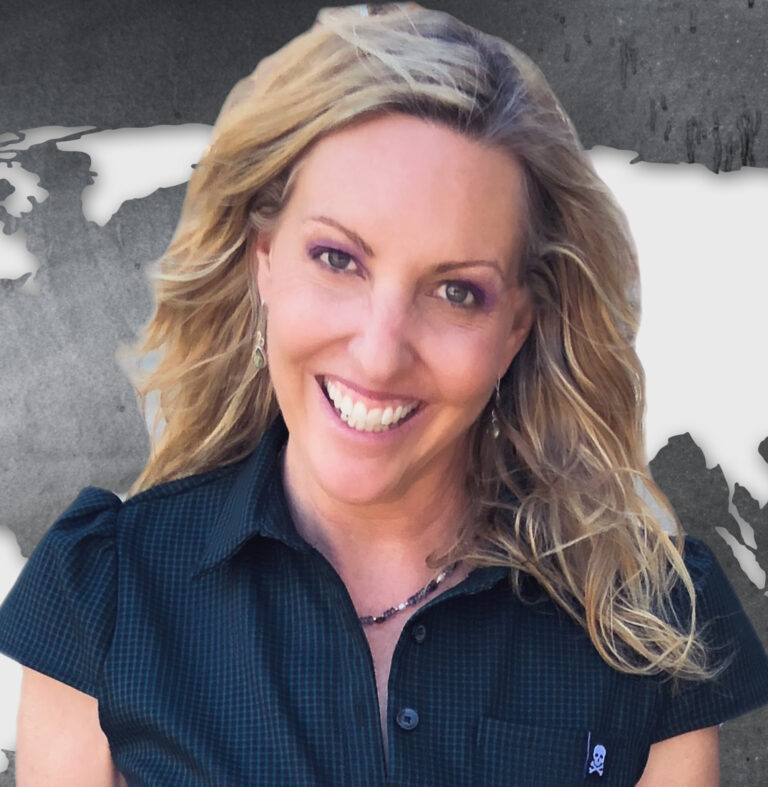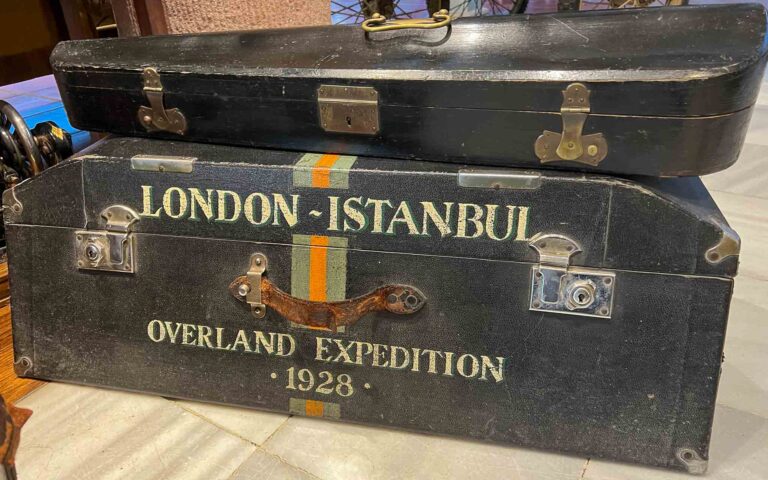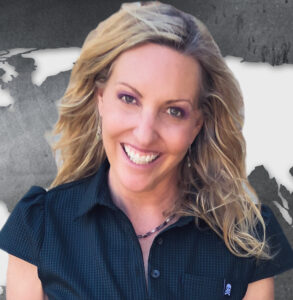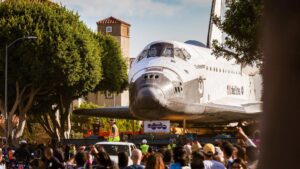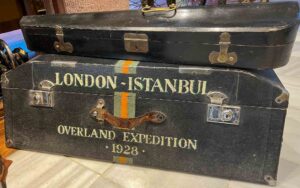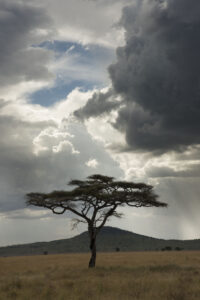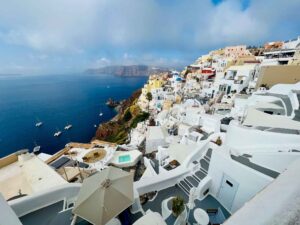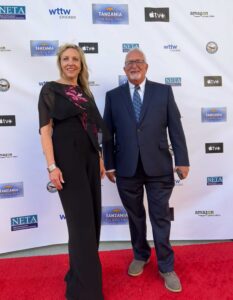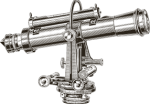Check it out! I directed the official documentary about the Space Shuttle Endeavour’s move from Kennedy Space Center to the California Science Center in downtown Los Angeles.
The entire film project was the result of an enormous effort of many people who donated their time, money, expertise, and skills to make sure the California Science Center had a record of the historic move. I was fortunate enough to direct the film production of the entire move. It truly was a labor of love on the part of many people. I owe a great deal of gratitude to my amazing crew, who stayed up for the 24 hours during the landing and the 69 hours it took to go the 12 miles across Los Angeles.
Fall 2012 – the Space Shuttle Endeavour flew across the US, landed in Los Angeles, then traveled 12 miles through the streets of Los Angeles from LAX to the California Science Center. The trip took 68 hours.
Here’s a transcript of a Q and A for an interview I gave for ICG magazine, which sums up the project from a production view.
Q: How did you get involved in the project?
A: Some months ago, David Knight, the producer, was asked by Jeff Rudolph, the Science Center’s President, if he could ‘film the Endeavour move’. I think they both thought that meant David, and some colleagues and a handful of camcorders. David called me up and asked if I could help him with this “little” project. I’d been filming the last shuttle missions in 3D over the last 3 years, on and off with David when my schedule allowed. I’ve also shot, directed and produced a multitude of rocket launches from the Space Shuttle, Sea Launch to the Ansari X PRIZE.
Of course I said, “yes.” I love Endeavour. The opportunity to tell the story of Endeavour’s journey home was something I couldn’t pass up, even if there was no budget.
Q: What was the original concept – and how did it grow?
A: The original concept was to cover the move from beginning to end, on the ground, in the air, with onboard cameras. Content-wise – it didn’t change. However, our level of production on the ground grew rather quickly. Hollywood really stepped up and helped on this project. 3ality Technica, Panavision, Sony, Deluxe, The Ultimate Arm, and the SOC were a few of the donors that went the extra mile.
Both David and I knew a lot of shooters that were begging to help; however, when we were doing a site survey of LAX for the landing, I suggested that we try to get a couple of photogs from the Blue Angels shows we’ve shot in the past. We needed good shooters that could track aircraft.
So, David asked a friend of his, Geoff Reeves (former Navy SEAL), if he knew any good combat photographers that could track aircraft.
Interviewer: How did you get Mark and the crew involved?
A: Geoff Reeves suggested Mark August, so we contacted him. As you know, Mark is the Event Chair of the Society of Camera Operators. Mark suggested we film this as a SOC Event. So with Mark’s help, we suddenly had a lot of resources.
Q: Now, what I want is your “emotional” involvement in the project – the history kind of thing.
A: Emotional. Yes. Very. The Endeavour became symbolic of hope for me. She is aptly named.
My feeling was bittersweet at first. I was at Kennedy Space Center just after the announcement of the end of the shuttle program and the cancelation of the Constellation Program. The announcement sucked all the hope out of the national manned space program. The people that had worked there for years and years were very, very upset. They were all about to get laid off at the end of the shuttle program, with no hope for the future. Being out there for the next 3 years while the program came to an end was like watching hospice take care of a terminal patient. When we went to Kennedy to shoot the interior of Endeavour for the Science Center in May, they were draining all the fluids out of her and powering her down for good. It was incredibly symbolic of our national manned space program. Walking with Endeavour from the Vehicle Assembly Building to the Mate/De-mate facility where the Orbiter was mounted to the 747 was incredibly bittersweet as well. The people that had so carefully and meticulously cared for Endeavour over the years had to let her go. It was hard to witness.
When Endeavour took off and flew over the country, making her various stops along the way, something magical began to happen. The people started to take notice and cheer her on! When she did her California tour, everyone stopped and watched. California welcomed her home in a tremendous way. Many, many people from LAX visited her while she was in the United Airlines Hanger. I was somewhat isolated while I was directing from our control room during the landing at LAX. It was powerful watching it from LAX and the huge amounts of people there. When I finally emerged from LAX 30 + hours later and bought a paper – I couldn’t believe what I saw –an entire two-page layout in the LA Times of the flyovers and landings! I started crying when I saw the photo of the Griffith Observatory. I couldn’t believe how many people were there. We were hoping for a big turnout as we had crews around town, like at Griffith Park. I was sincerely stunned by the number of people.
Then what happened next was pure magic. Mark and I were embedded with Endeavour when she started her 12-mile trek across Los Angeles. When we emerged from the gate at LAX to join the support vehicles, we were greeted by thousands of people – at 2:30 in the morning! People were everywhere watching and cheering. Some people even dressed up in costumes and followed the procession for the next 3 days. It was incredible. The people of Los Angeles really took ownership of their spaceship and cheered it all the way to the Science Center, which we arrived at 68 hours later. An estimated 1.5 million people lined the route, and everyone on that route was talking about space and space travel.
Let me say that again. Space and space travel were at the forefront of 1.5 million people’s minds in some form for a few days, and that’s not counting all the folks that watched it on the news. That’s powerful.
In many ways, Mission 26 was Endeavour’s most important mission. She brought hope, caused new dreams to be dreamed, and caused people in economically depressed neighborhoods to come together and celebrate human accomplishment and hope. The crime rate in Los Angeles went down significantly while Endeavour was headed home. Officers said they saw rival gang members standing near each other, taking photos of Endeavour as she went by. Many people came up and told me that Endeavour changed their life. It was a very human, very humbling experience.
Q: Is there something “special” moment you would like to comment on?
A: There were so many special moments. I think just seeing the amount of people on the streets celebrating their spaceship was the best. It was truly the best of LA.
Q: Can you tell me a little about the logistics, especially the “road trip”?
A: 80 percent of this project was logistics. Covering the landing was incredibly complicated simply because we were at one of the busiest airports in the world. The security was insane. The first logistics meeting we went to was with 60 people, all separate entities of LAX. Add NASA, Homeland Security, TSA, FBI, and the FAA to the mix, and you might get the idea of the scope of what we were dealing with. The request to have a helicopter track the SCA while landing got us a lot of laughs and negative answers.
We were tenacious, and it was crucial that we kept at it to make that shot happen. We literally had the SCA change its flight plan and land on another runway, got the F-18s to peel off during the landing allowing space for our helicopter to track the SCA.
Logistics of the road trip — How do you cover 12 miles of a very slow-moving procession with multiple cities, multiple agencies, multiple police departments, utility crews, cable crews, the California Department of Transportation, tree trimmers, huge crowds, and no budget?
I had a very detailed plan. It’s amazing what you can do with Powerpoint and some clip art.
That plan had to be turned into the Command Center, which was the city mission control for the move. It was a 34-page document dissecting the route into small sections, including miles, ETA, equipment in procession, cameras, desired shots, special considerations (such as power lines, daylight or no light, etc), helicopter shots, and crew.
I had some huge constraints. Once a vehicle was placed in the procession, it had to stay there for the duration. So, I put the 3ality rig on the Ultimate Arm just in front of the Endeavour. We had a truck with a Panavision Genesis on sticks just in the back of the Endeavour and one mobile ENG 3D rig, and two other mobile rigs for crowd shots and interaction.
We were allowed one handheld with sticks during the LAX segment. We chose the Sony TD 300. It did a great job in a low-light situation.
The helicopter shots of the route and the Endeavour on Crenshaw Drive were crucial. Even then, we had to get special clearance from the FAA to fly the route.
Q: How about what the “vetting process” was like?
A: Security at LAX was intense. With no way to badge the crew, we had to rely on escorts while in the secure areas. Luckily, the United Airlines Hanger was a clear area while the landing celebration was happening, but after the guests went away and the de-mating started, they brought the bomb dogs out and swept the area. Evidently, TSA does that without announcement, so there was no way to plan for it. We got thrown out of the area for a few hours until they sorted everything out. Then we had to be escorted by badged personnel at all times, even to go to the bathroom. Filming with an escort on your tail isn’t the most optimal situation, but we made the most of it.
Here’s a link to the article:
It’s my sincerest hope that all our hard work will inspire future generations of scientists and explorers.
If you find yourself in L.A., go to the California Science Center. You’ll be able to see two of the films that resulted from this effort in the California Story exhibit.
And here’s a short film about the fantastic reactions of the 1.5 million people who watched the shuttle go by. Wow!


